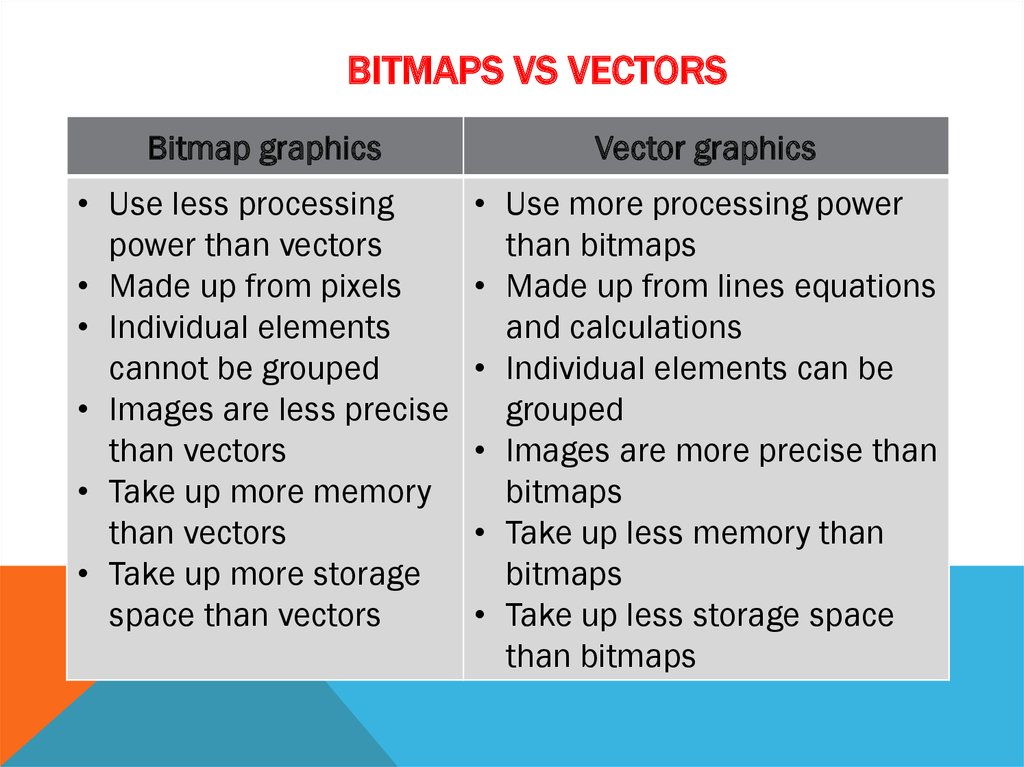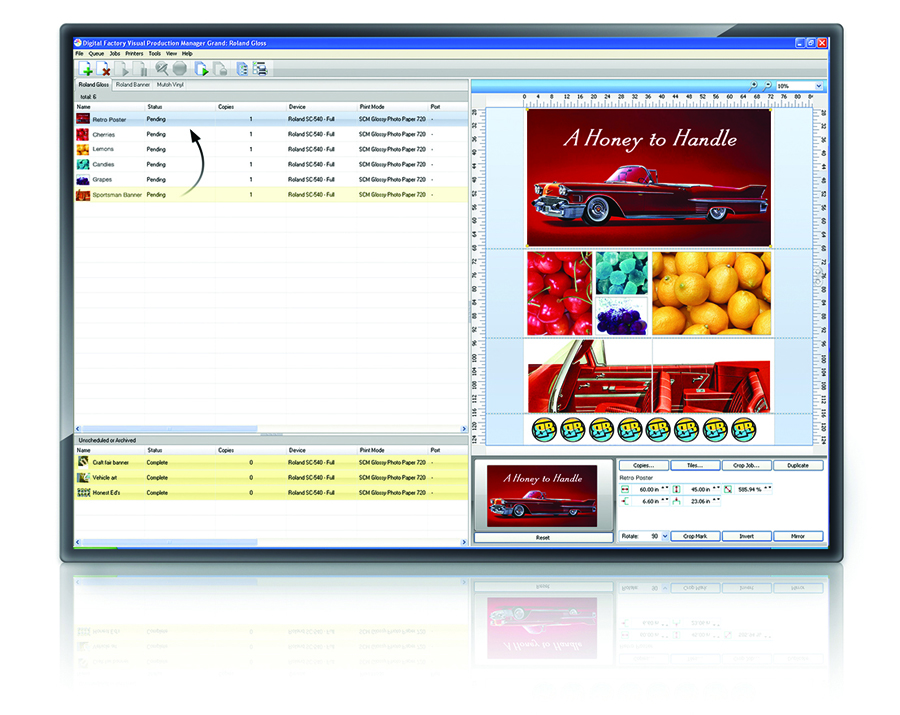
Profiling may be supplied by the vendor, but it is rare that the vendor would have appropriate profiles for all of the different fabric types and ink sets available, so custom profiling can be an important capability of RIP systems.


It should be able to create colour catalogues, colour palettes, and/or use the Pantone Textile Color System®. In addition, it should allow for extra ink control functions to manage the higher ink densities required for colour saturation of printed fabrics. A good RIP package for textiles should also be able to manage expanded ink sets beyond CMYK. Print layout functions such as step and repeat, design colourways, colour chips, multi-image placement, scaling, rotating, spooling or batching are also desirable features. The software must also be able to accept common graphic file formats like TIFF, Indexed 8-bit TIFF, PSD, EPS, AI, BMP, TGA, etc. Important software features for DTP include its ability to accept textile industry file formats from CAD design and screen separation programs (such as CST, MST, PUB, GRT, SEP, SCN, XPF, etc.). In addition to colour management capabilities, textile specific software is needed to handle print design images such as flat and continuous tone designs, separation files and files prepared for repeat printing.

The RIP ultimately controls the printer and the colourant. The RIP software must be written for the specific printers in order to take full advantage of the hardware capabilities.
RASTER IMAGE PROCESOR DRIVER
The RIP software is essentially a sophisticated printer driver that allows for greater user control in rasterising the image (converting the data) for the printer. Campbell, in Total Colour Management in Textiles, 2006 9.5.2 Raster image processors (RIP)


 0 kommentar(er)
0 kommentar(er)
